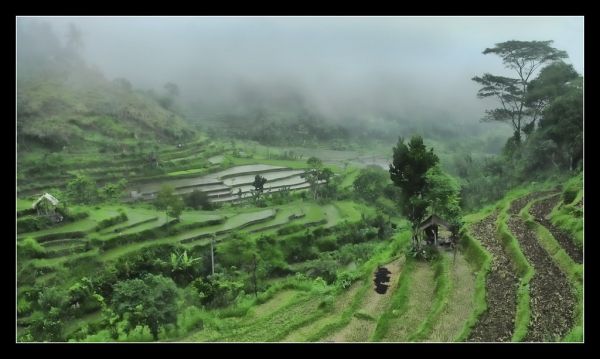Around the globe, communities are concerned with rain and storms. An area known as the “Maritime Continent,” which includes major islands such as Sumatra, Java, Borneo, Papua New Guinea, along with a galaxy of smaller islands, experiences significant rainfall including periodic monsoonal rain, and flash flooding.
In a new study led by SOEST atmospheric scientist Giuseppe Torri, researchers revealed details of the connection between a larger atmospheric phenomenon, termed the Madden-Julian Oscillation (MJO), and the daily patterns of rainfall in the Maritime Continent.
The MJO circles the globe around the tropics and can affect weather on weekly to monthly time scales, alternately bringing cloudy, rain periods and sunny, drier periods.
Torri and co-authors found that the impact of the MJO on the daily rainfall patterns of Sumatra was quite significant. When the MJO was active near the Maritime Continent, there was more water vapor—and therefore greater potential for significant rain events—and more variations in water vapor throughout the day as compared to the suppressed phase. Also, clouds and rain seemed to move offshore at night faster during the active phase of the MJO.
Read more at University of Hawaii at Manoa
Image: Rain and clouds in Indonesia. Credit: PixelPlacebo, CC-BY-NC-2.0.


